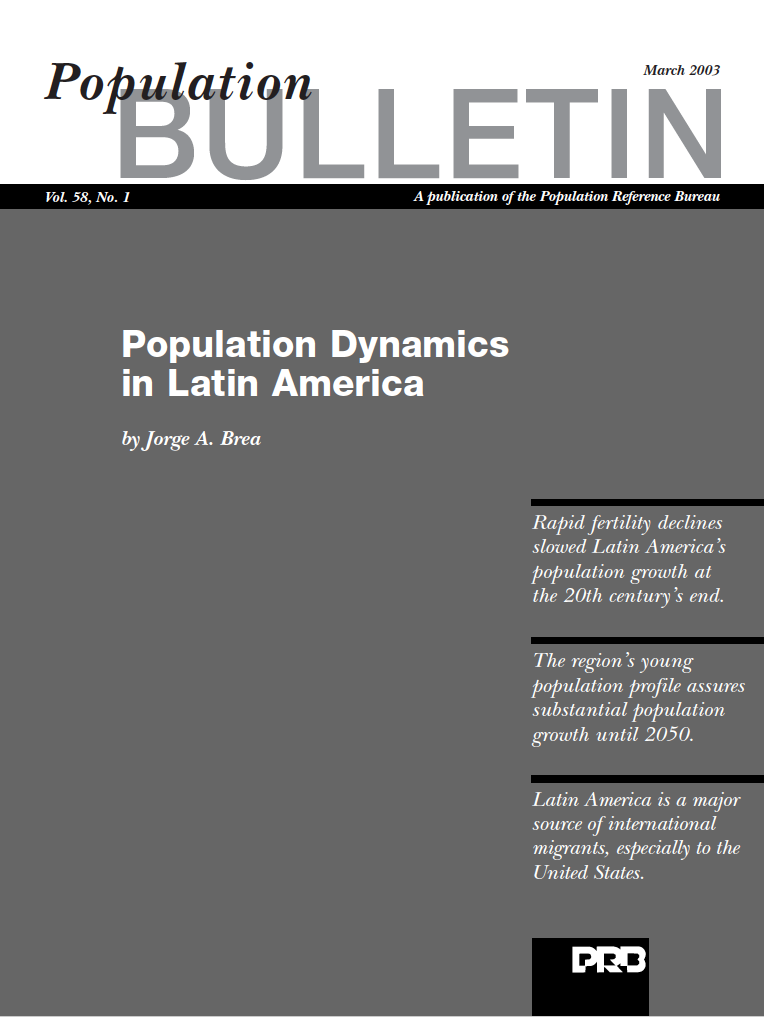South American Transition to Low Fertility Spreads to Paraguay
(2010) Paraguay does not seem a likely candidate for rapid fertility decline: The population is poorer, more rural, and has lower educational levels than its neighboring countries.
(2010) Paraguay does not seem a likely candidate for rapid fertility decline: The population is poorer, more rural, and has lower educational levels than its neighboring countries.
(2006) As avian flu kills a growing number of people and outbreaks of the virus are reported in birds from China to Turkey, public health officials fear a new global influenza pandemic could already be brewing.

(2020) The world is better equipped to fight a pandemic today than it was in 1918, when influenza swept the globe and infected up to one-third of the world’s population.1 While science and medical advances have given us new advantages in fighting disease, some demographic trends since 1918 may increase the risk for spreading contagions and our vulnerability to viruses.
Current and former PRB staff members share their tributes to two PRB greats
(2009) Malaria threatens close to one-half of the world's population, and more than 1 million children die each year of malaria-related complications.
(2002) Many people who immigrate to the United States settle in close-knit communities with other immigrants who share their culture, language, and traditions. In these ethnic enclaves, many new immigrants do not speak English very well, a factor that often isolates them from institutions and opportunities outside of their communities.

Population Bulletin, Vol. 58, No.1 (2003) Latin America experienced explosive population growth in the middle of the 20th century as two demographic trends converged: high birth rates and rapidly declining death rates.